Artist Philipp Fürhofer presents an accessible, three-dimensional illusionary space in the SCHIRN rotunda.
Within the scope of the exhibition “Diorama. Inventing Illusion,” from November 9, 2017, to January 21, 2018, the Schirn Kunsthalle Frankfurt is presenting a large-scale installation by Philipp Fürhofer. With his work [dis]connect, created especially for the Schirn Rotunda, he transforms the circular building into an illusionary space, and in doing so cites the optical mechanical playhouse that Louis Daguerre opened in Paris in 1822. In this walk-through theater, stories painted on large, semitransparent canvases were set in motion using lighting and stage equipment. Fürhofer’s installation [dis]connect amounts to an accessible, three-dimensional illusionary space.
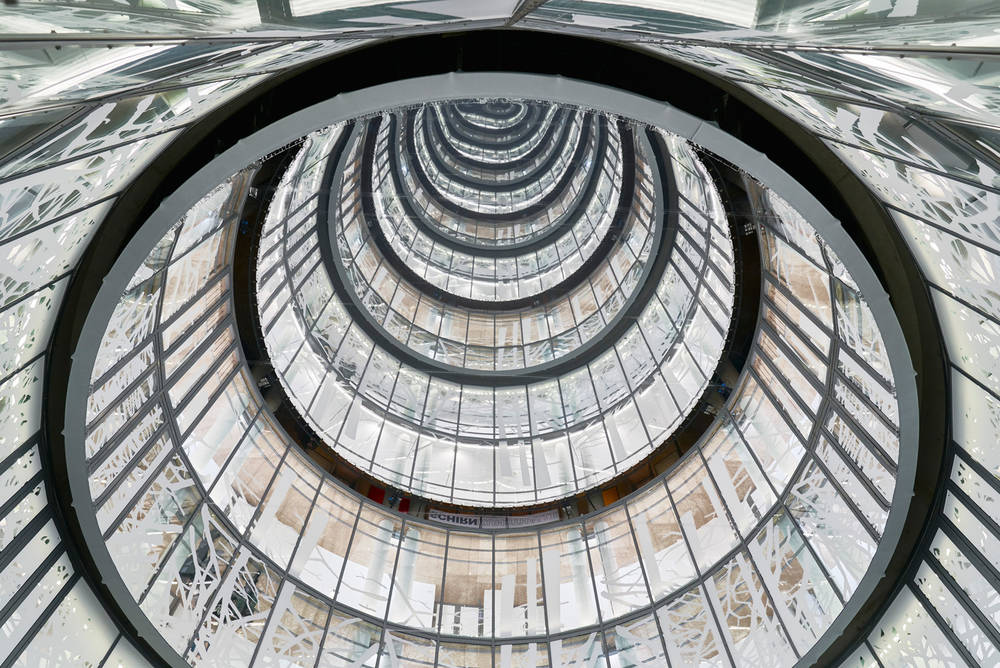
It consists of two mirror ceilings positioned one above the other in line with the height of the Rotunda’s two upper stories. In addition, a forest motif based on landscape dioramas emerges from the ground-floor pillars and extends upwards along the glass front of the Rotunda. The artist uses light to create two different spatial situations. When the floor of the Rotunda is illuminated, the lower, semitransparent mirror looks like a false ceiling installed above the heads of the visitors and serves to visually reduce the space.
The viewers’ perception of reality
When the light is switched to the upper area of the Rotunda, the lower mirror becomes transparent and affords a view of the entire circular structure. The reciprocal action of the two mirrors results in a visually endless reproduction of the architecture. The two spatial situations alternate in a regular, pulse-like rhythm, reflecting Fürhofer’s play with the viewers’ perception and their notion of reality.
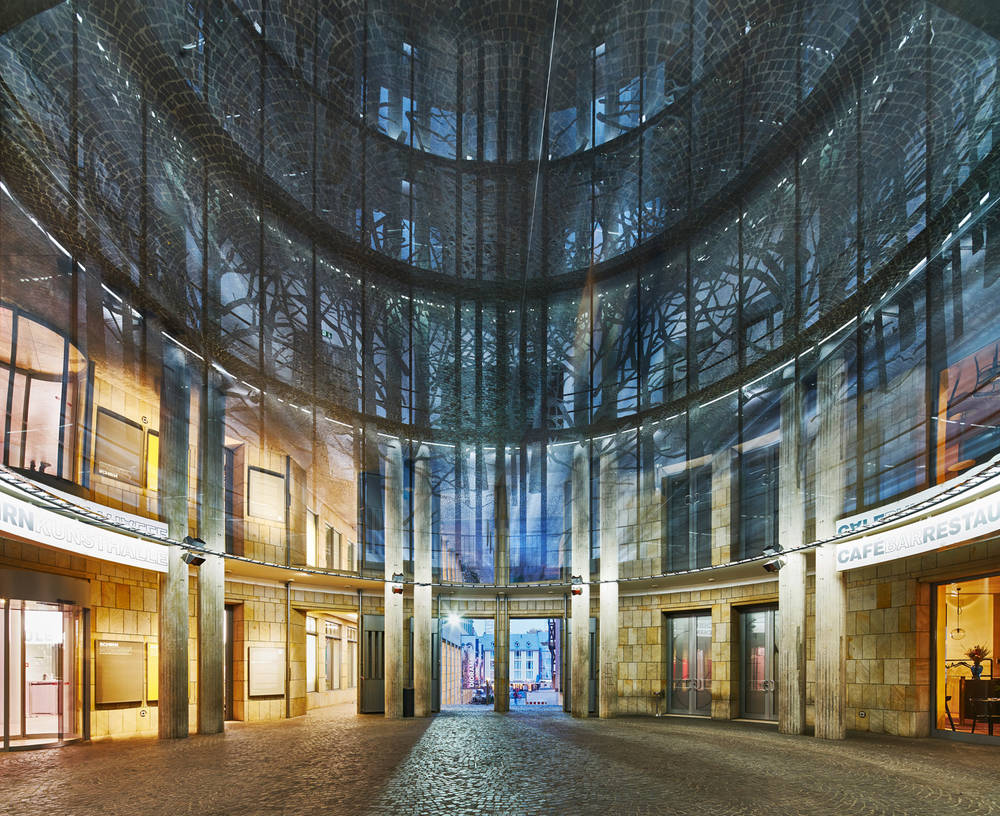
Changing spatial situations with the aid of light effects that give rise to unusual visual experiences is a recurrent element in Fürhofer’s works. In his monumental, painted light boxes, he uses light fade-ins or fade-outs to change not only the external appearance of the sets, but also their overall spatial impression. In these objects, Fürhofer likewise generally employs semitransparent reflective film, which becomes part of the work when similarly illuminated.
The futility to grasp reality
Whereas the installation [dis]connect incorporates actual architectural elements of the Rotunda, such as the pillars on the ground floor, the mirrors in both light situations create a space of illusion that seems to dissolve into abstraction. Yet the construction of this illusion always remains visible and transparent as an intervention. Visitors can decide the extent to which they wish to abandon themselves to the illusion. Fürhofer breaks with the diorama as a realistic depiction of the world and points to the futility of efforts to grasp reality.

Philipp Demandt, Director of the Schirn Kunsthalle Frankfurt, says of the installation: “With [dis]connect, Philipp Fürhofer extends the exhibition ‘Diorama. Inventing Illusion’ by an illusionistic space that is freely accessible in the Schirn’s exterior area. Using light and mirror effects, the artist utilizes the architecture of the Rotunda for the purpose of showing us how we can be deceived: He lays bare the illusion and demonstrates what it means to want to grasp reality.”
The illusionary worlds
“Whereas in his dioramas Louis Daguerre made every effort to create a reproduction of reality that was as credible as possible, Philipp Fürhofer’s piece addresses the production of reality per se. [dis]connect imparts no ‘knowledge’ as such, but rather a dissolution of visible coordinates in space—a state that calls to mind the illusionary worlds and those we escape to in our virtual age,” says curator Ilka Voermann about the artist’s work.
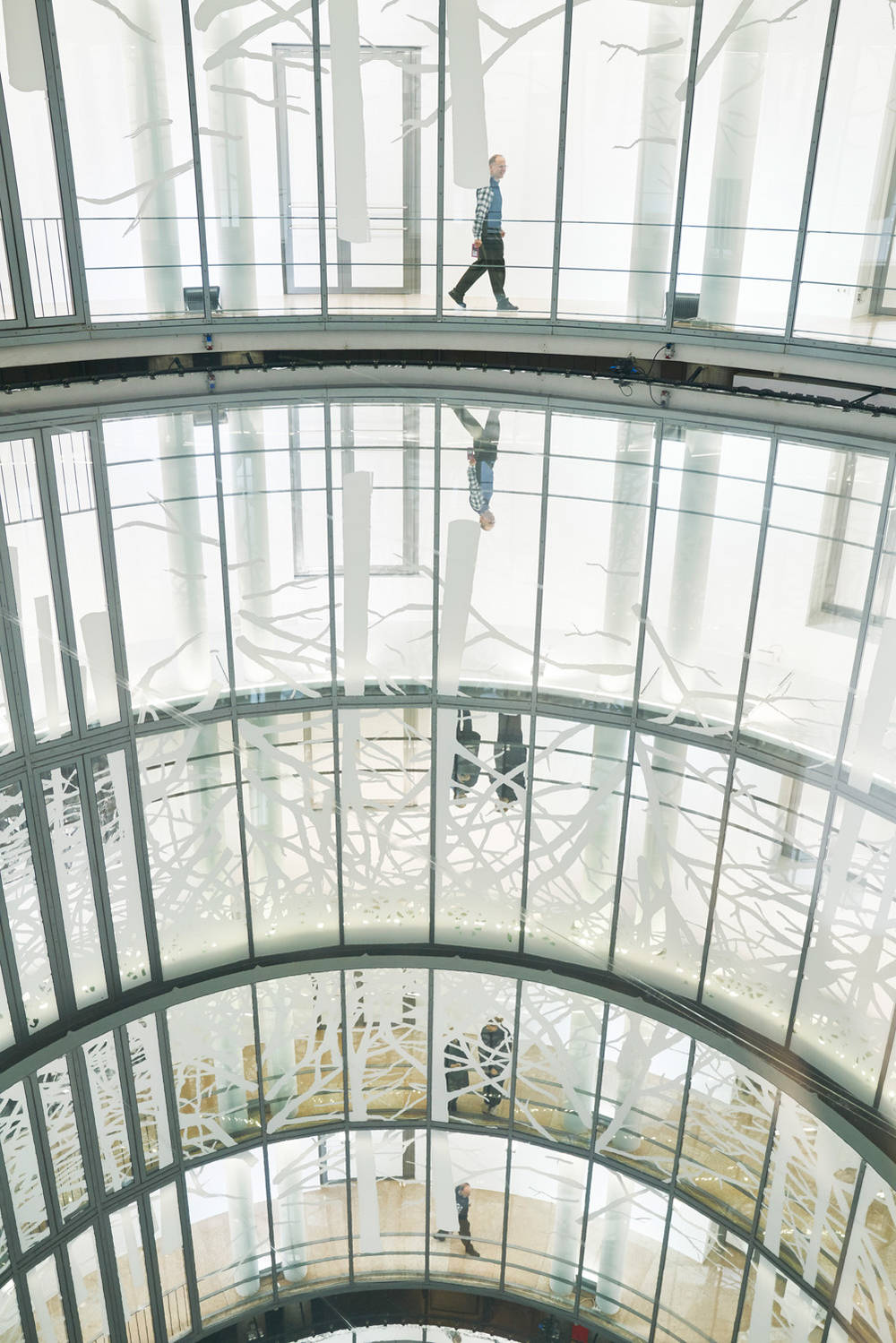
Artist and set designer Philipp Fürhofer (*1982 in Augsburg) lives and works in Berlin. He studied visual art at the Berlin University of the Arts from 2002 until 2008. His works have been presented in numerous solo and group shows, including at the Kunstverein Augsburg (2016), the Arsenāls–Fine Arts Museum Riga (2016), and the Bayerisches Nationalmuseum in Munich (2012). Since 2008, Philipp Fürhofer has also repeatedly worked as a set and costume designer for opera houses in Germany, the United Kingdom, the Netherlands, and Switzerland. The opera Les vêpres siciliennes by Giuseppe Verdi that was performed at London’s Royal Opera House in 2013 and for which Fürhofer created the set design received the Laurence Olivier Award for Best New Opera Production in 2014.
With the exhibition “Diorama. Inventing Illusion,” until January 21, 2018, the Schirn Kunsthalle Frankfurt is addressing the cultural history of vision. It focuses on the diorama, which is used to reconstruct and realistically stage events, stories, and living environments with the aid of various creative means.
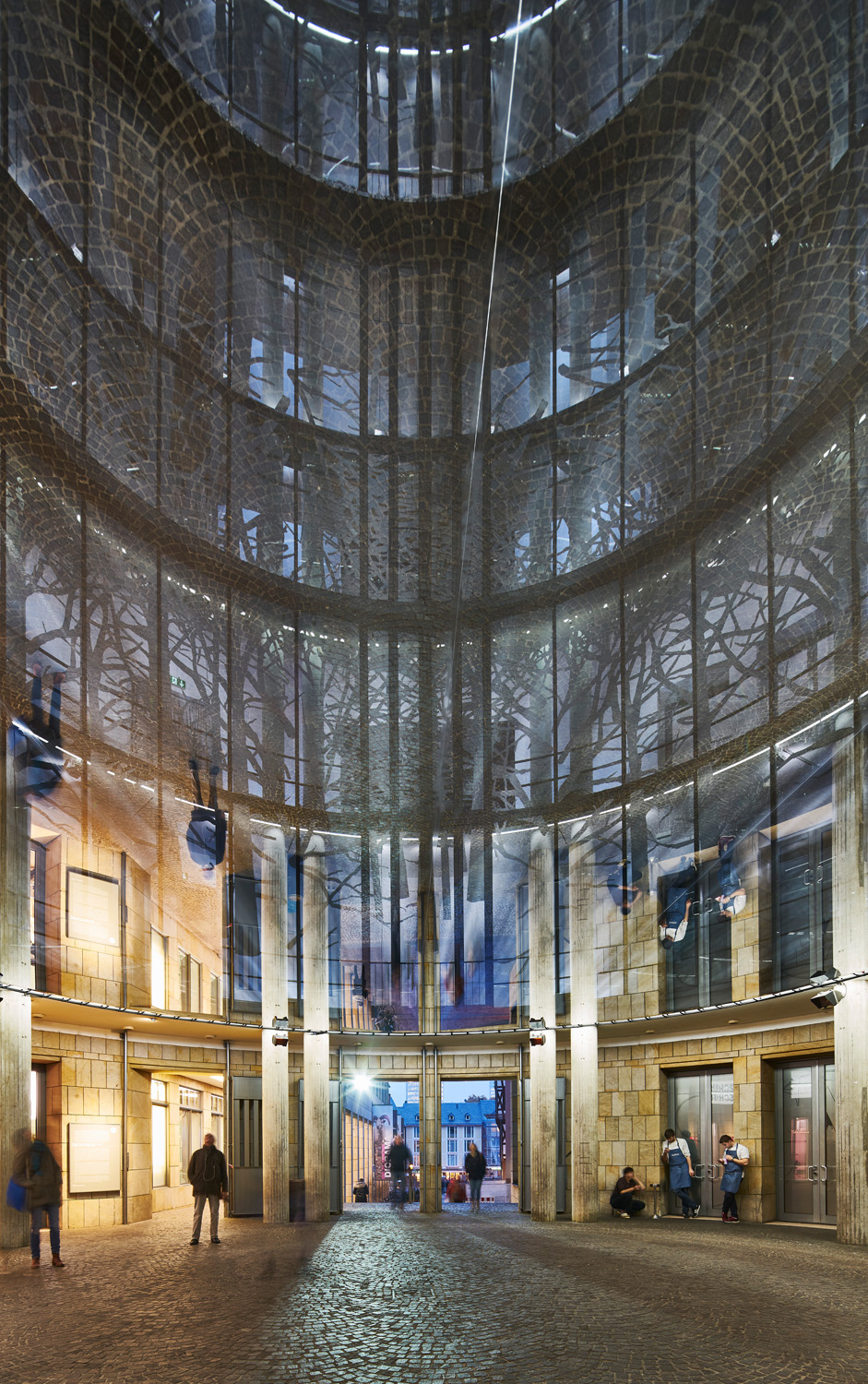

How Hip Hop sings about its dead
Death plays a large part in Hip Hop. The tragic early passing of legends such as Biggie Smalls and Tupac, not to mention rising superstars like...

5 questions for Mary Messhausen and proddy produzentin
With the performance "Thonk piece: Hungry for Stains", drag queens Mary Messhausen and proddy produzentin will open the exhibition COSIMA VON BONIN....

HIP HOP IS BLACK CULTURE – NOT THE OTHER WAY AROUND
Hip hop’s 50th birthday is an occasion for us to listen to some old records and mixed tapes and to look back at the most important hip hop films of...

Now at the SCHIRN:COSIMA VON BONIN
The SCHIRN is showing a unique presentation of new and well-known works by COSIMA VON BONIN until June 9.

You Get the Picture: On Movement and Substitution in the Work of Lena Henke
The artist LENA HENKE already exhibited in the SCHIRN Rotunda in 2017. What are the secrets of her practice and where can you find her art today?

SHALLOW LAKES – plumbing the depths
In the SCHIRN’s rotunda, MELIKE KARA is presenting a series of sculptures that are reminiscent of bodies of water or small lakes. So, what’s this...

When subculture becomes mainstream – a balancing act
Regardless of whether it is hip hop, techno, or the queer scene: It is not unusual for the aesthetics of countercultures and subcultures to morph into...

Now at the SCHIRN: THE CULTURE: HIP HOP AND CONTEMPORARY ART IN THE 21ST CENTURY
Coinciding with the 50th anniversary of the birth of hip hop, the SCHIRN dedicates a major interdisciplinary exhibition to hip hop’s profound...

Julia Feininger – Artist, Caricaturist, and Manager
Art historians can tell us a lot about LYONEL FEININGER, but who was Julia Feininger and what legacy did she bequeath to the world of art?

Lyonel Feininger and the Harvard Art Museums. Part 2
The Harvard Art Museums host the largest Lyonel Feininger collection in the world. The directors Lynette Roth and Laura Muir chat about Feininger’s...
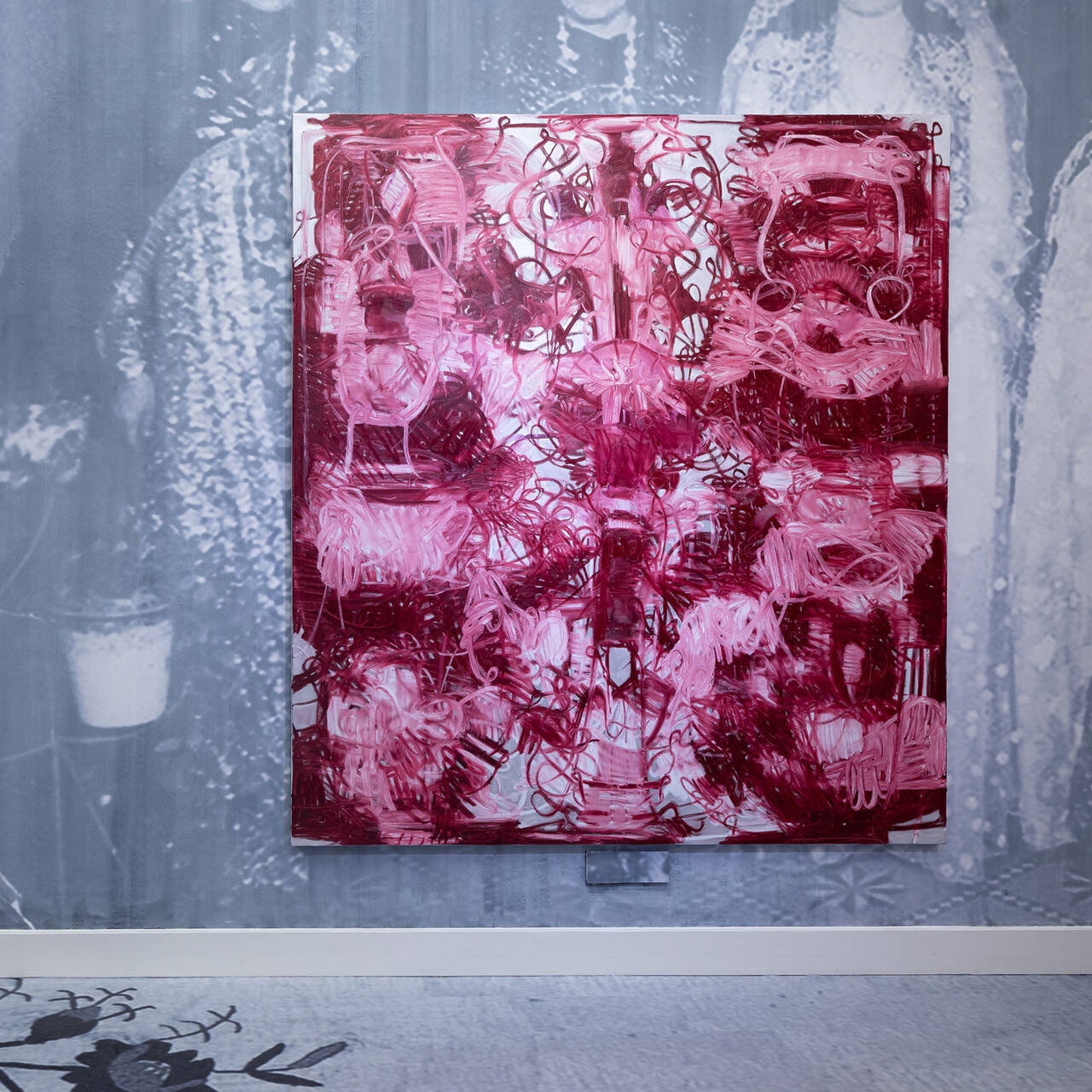
Five good reasons to view Melike Kara in the SCHIRN
From February 15, the SCHIRN presents a new site-specific installation by Melike Kara in its public rotunda. Here are five good reasons why it's worth...
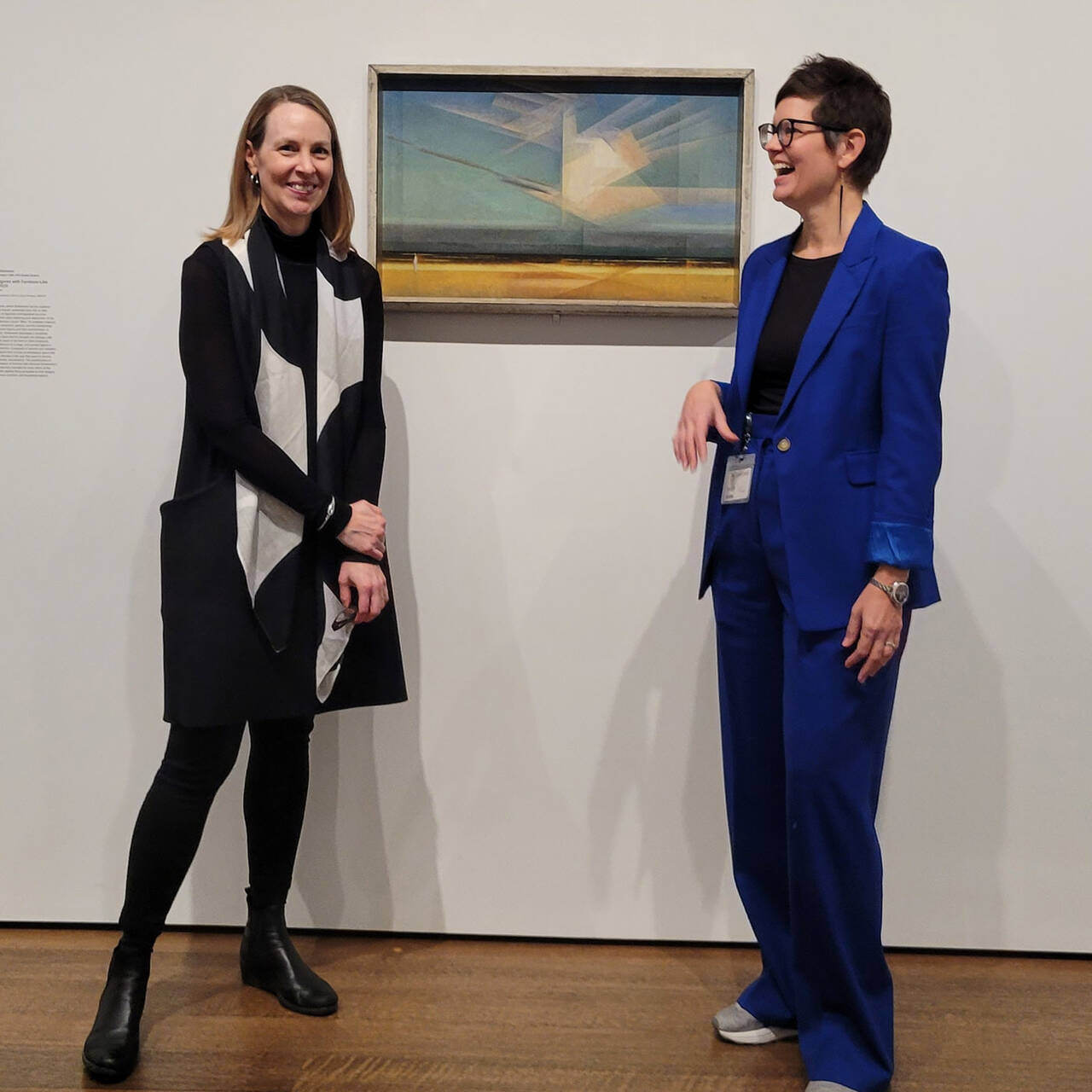
Lyonel Feininger and the Harvard Art Museums. Part 1
The Harvard Art Museums host the largest Lyonel Feininger collection in the world. How did that happen and how was the relationship between the artist...
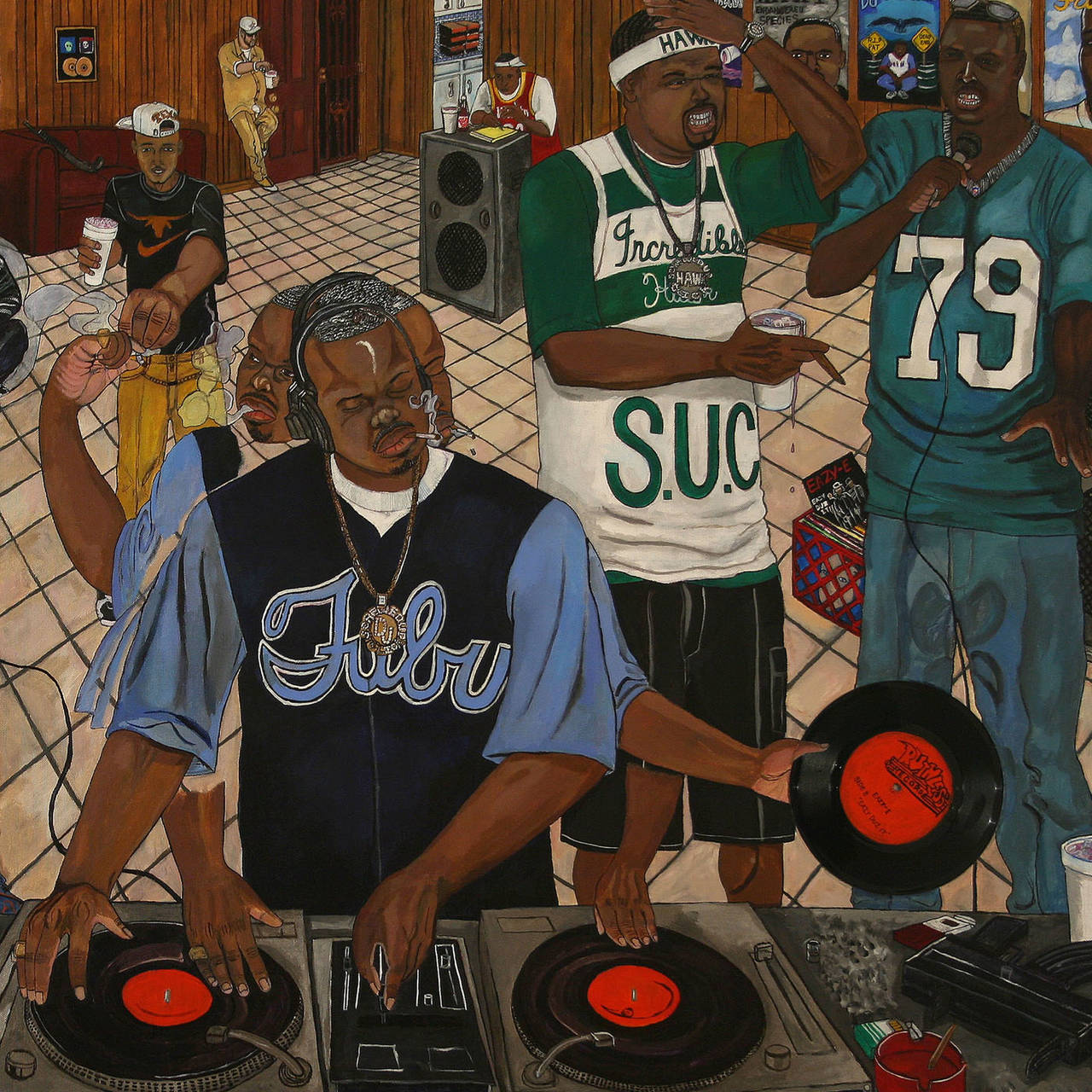
2024 AT THE SCHIRN
This is 2024 at the SCHIRN! From hip-hop and art in the 21st century, to Selma Selman, the self-proclaimed "most dangerous artist in the world", to...
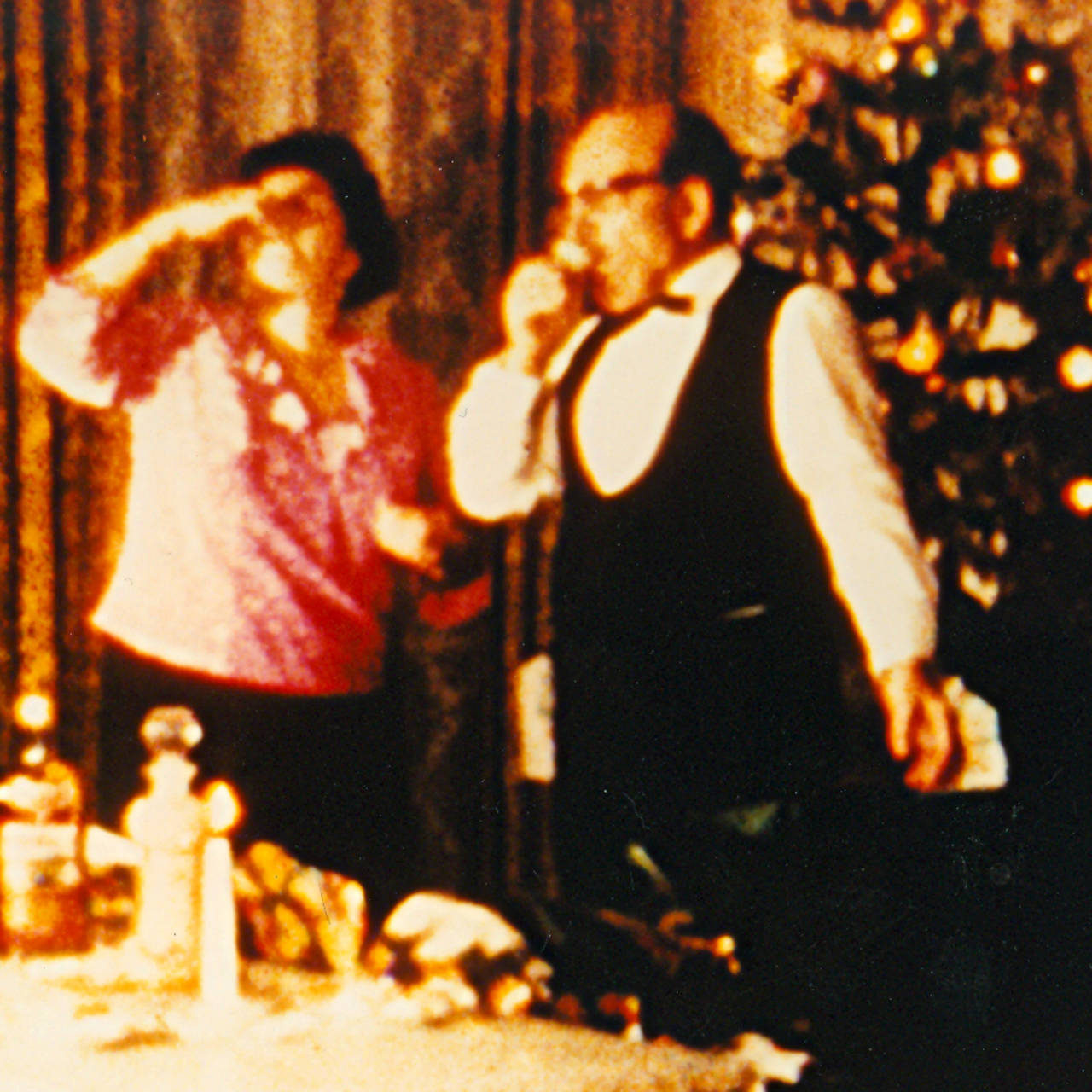
'Have yourself an experimental Christmas'
Bored of watching the same old Christmas films over and over again? Here are some of our favourite experimental films for the festive season.
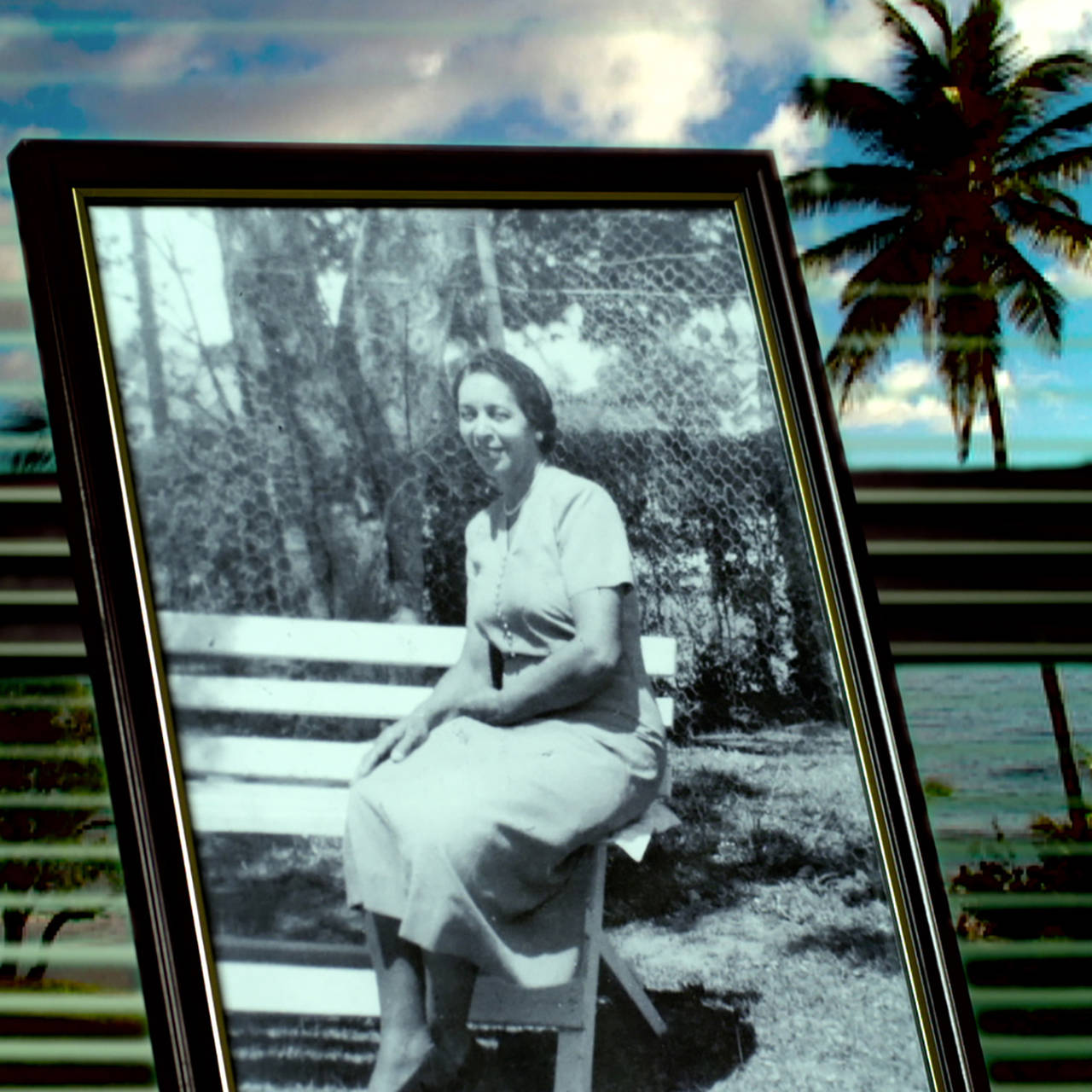
ROUTES, NOT ROOTS. JOHN AKOMFRAH, STUART HALL, AND THE BLACK AUDIO FILM COLLECTIVE
John Akomfrah’s video work “The Unfinished Conversation” is an homage to cultural theorist and sociologist Stuart Hall. Award-winning Frankfurt...
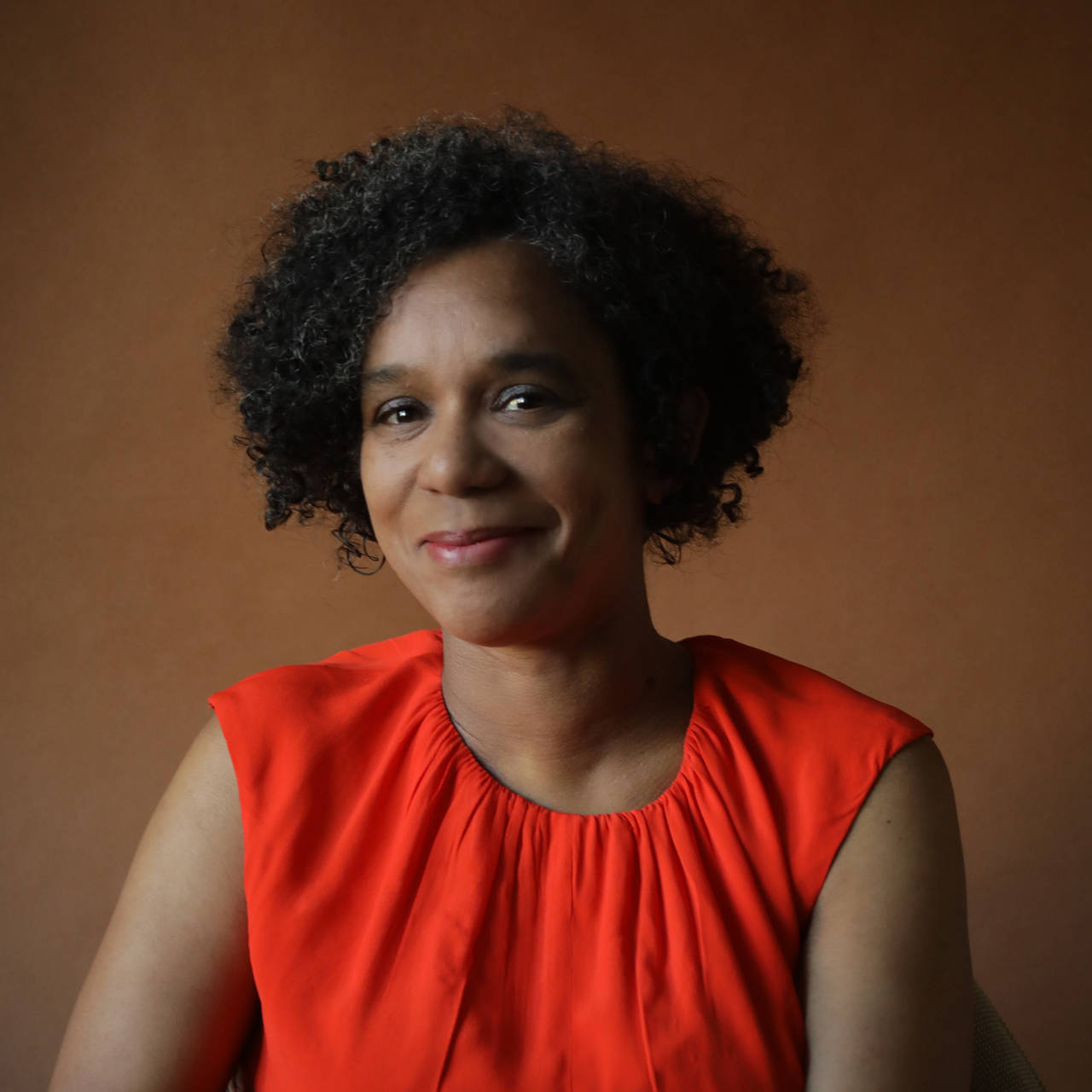
Empathy, but how? Julia Grosse talks to Elisabeth Wellershaus
What role do empathy and emotions play in the cultural world of today and tomorrow? In the first part of the interview series, curator Julia Grosse...
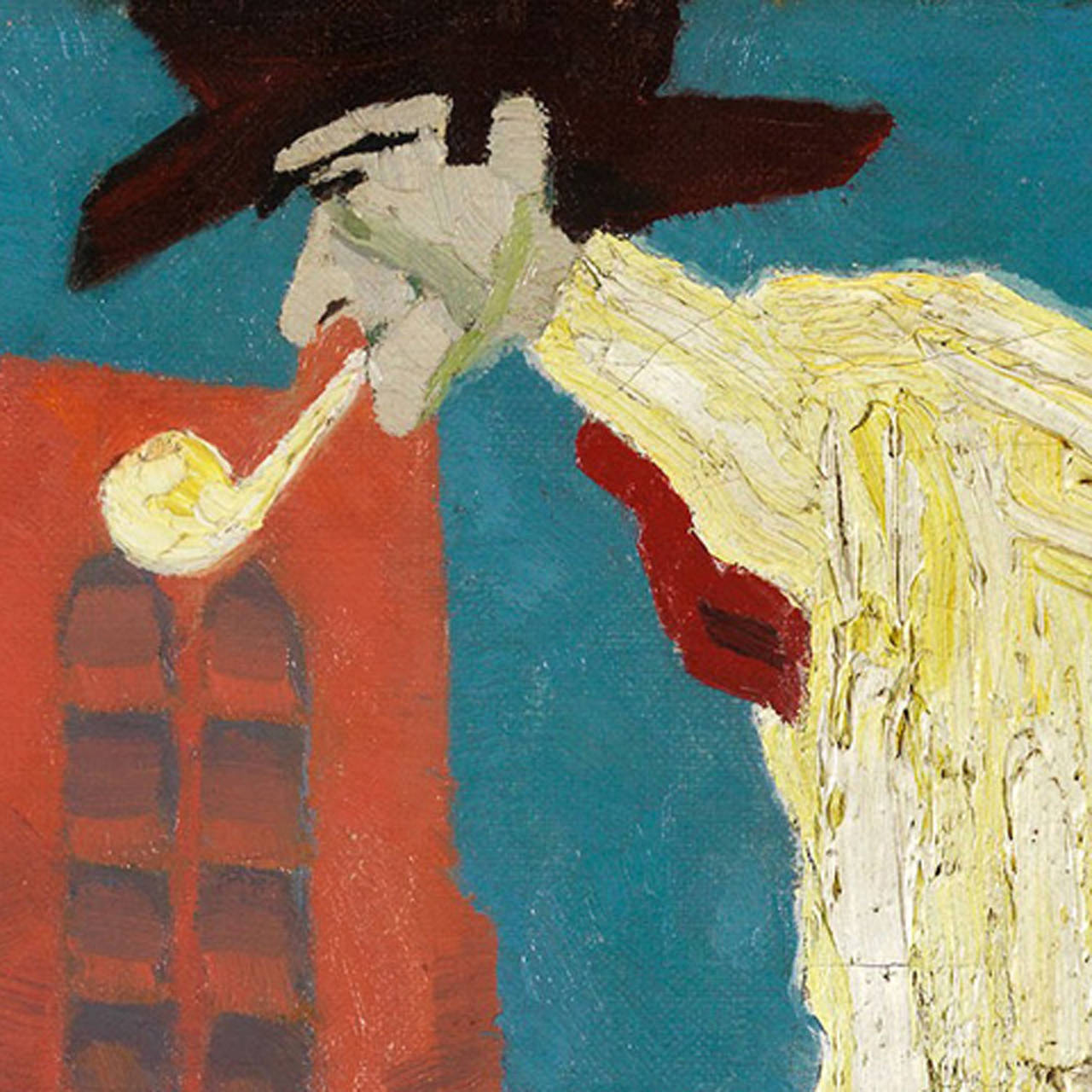
In the incognito of the mask. Lyonel Feininger’s self-portraits
What do the self-portraits Lyonel Feininger painted reveal about the great artist’s character and sensibilities? Feininger expert Andreas Platthaus...
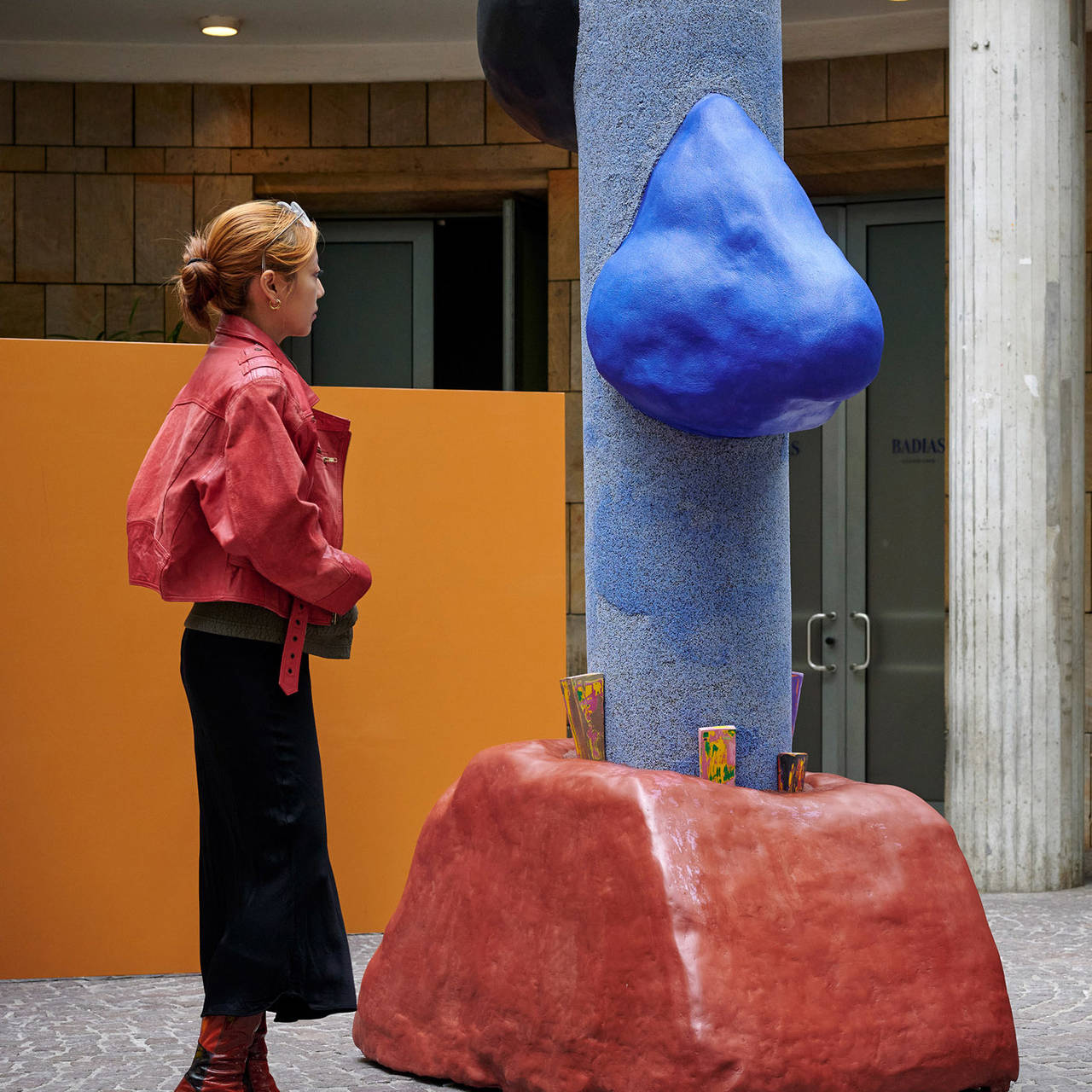
Sculptural approaches to a feminist city
What needs are privileged or ignored in the urban space? Questions such as these take pride of place in feminist architecture and design discourses –...
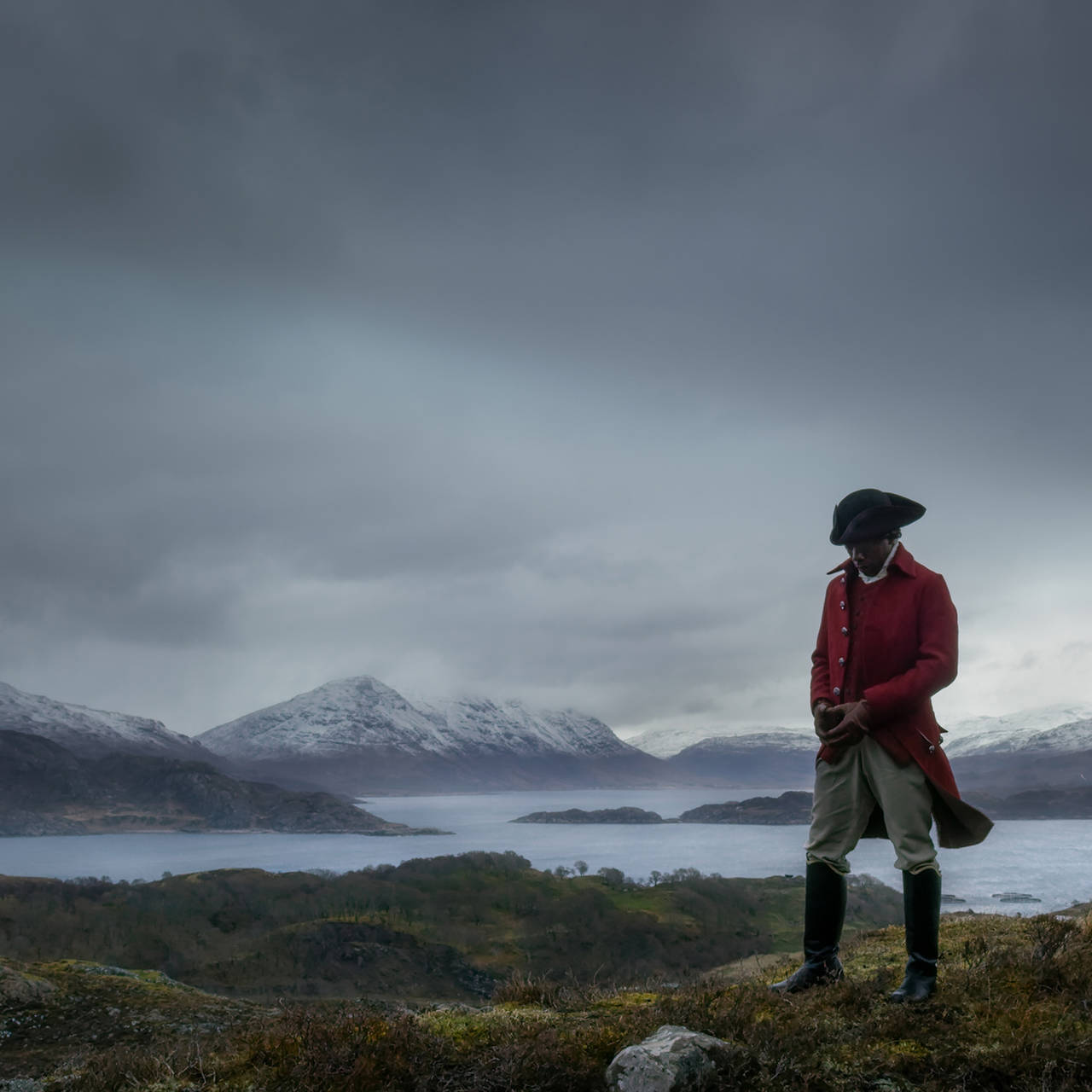
Now at the SCHIRN: JOHN AKOMFRAH
John Akomfrah creates thoughtful video works of haunting audiovisual intensity. From November 9 to January 28, the SCHIRN presents the first...
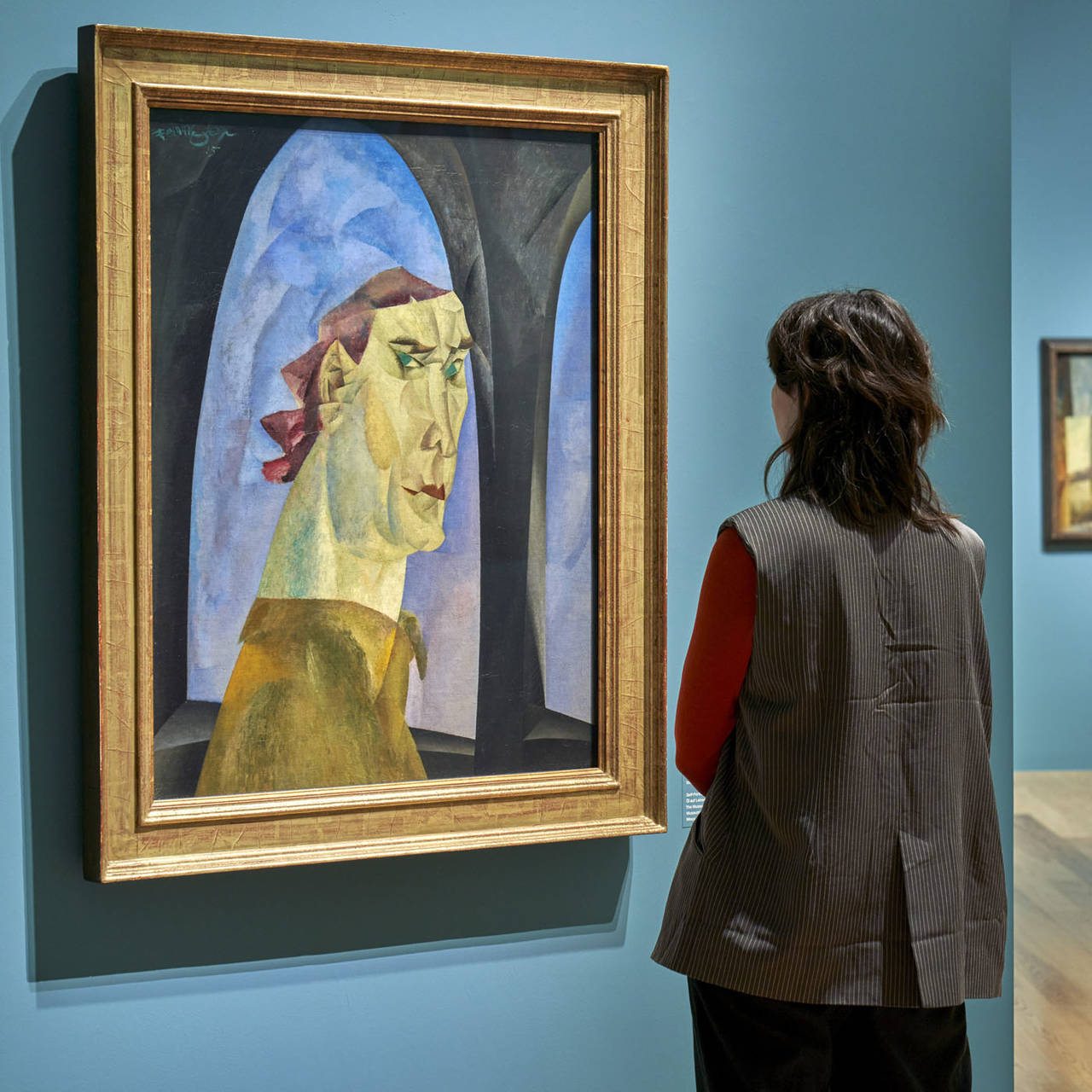
Five good reasons to view Lyonel Feininger in the SCHIRN
The SCHIRN is presenting a comprehensive retrospective of LYONEL FEININGER's work until 18 February 2024. It's worth a visit for these five reasons.